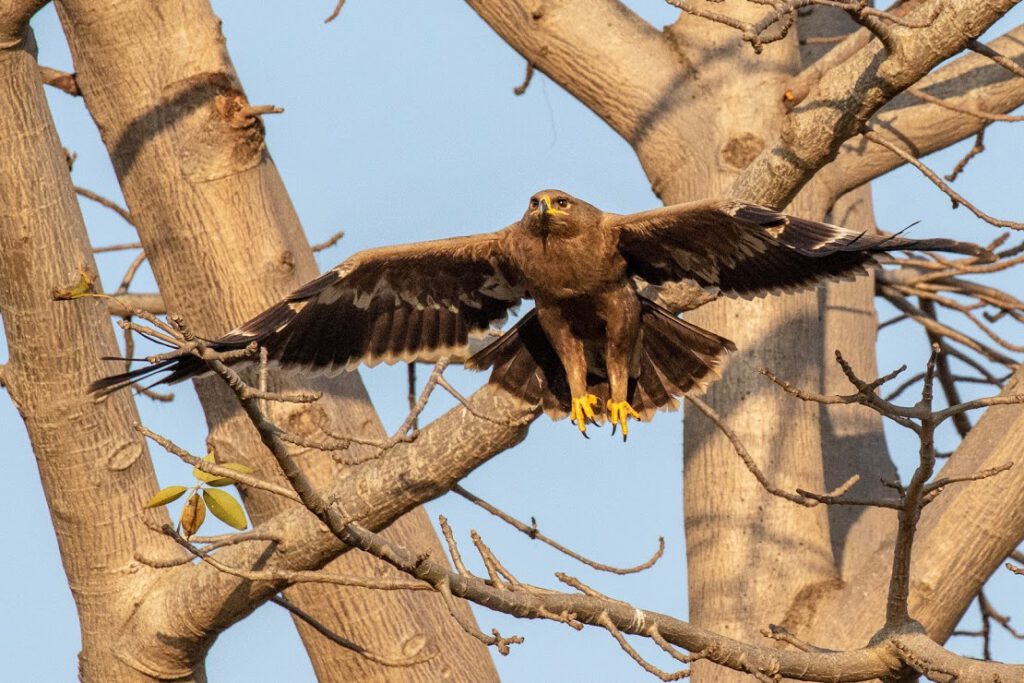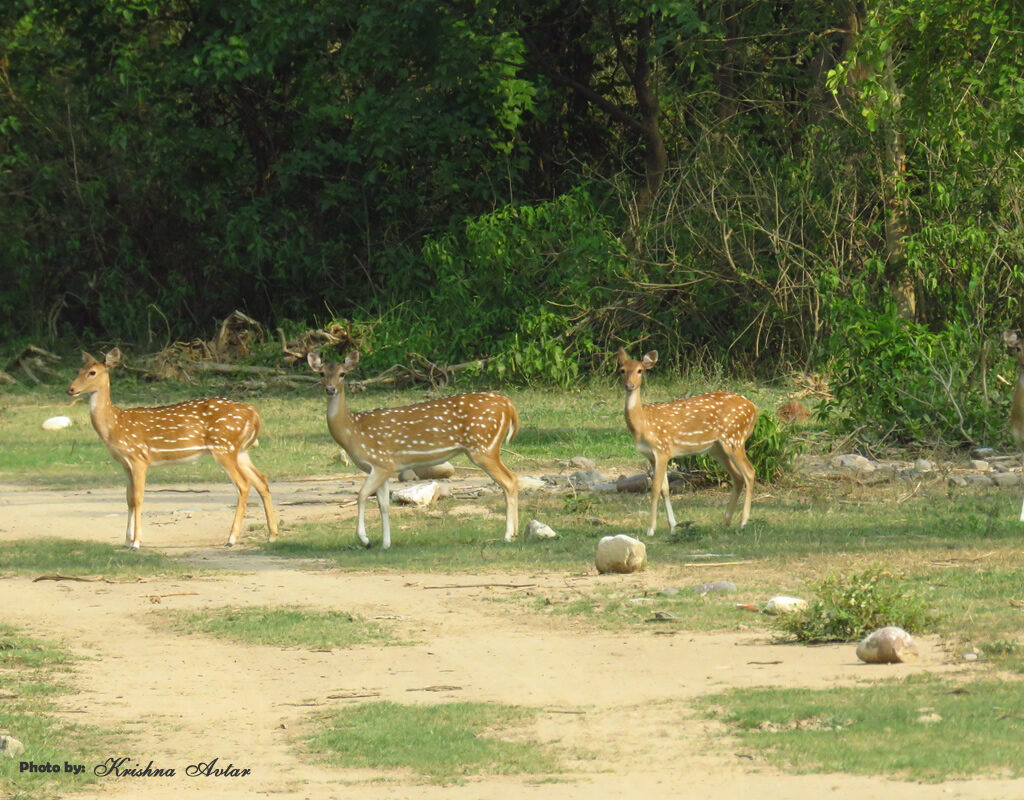
Jhilmil was declared a Conservation Reserve in 2005 upon on order from Dr. Abdul kalam, then the President of India, thanks to a creative new law allowing the preservation of smaller wild areas.
As a birdwatching hot spot, jhilmil is pure serendipity. The site holds many birding treasures, particularly for the patient visitor. Moreover, the roads to this spot are excellent. Jhilmil Jheel may be combined with a visit to the nearby Rajaji NP or Haridwar. To get here from Haridwar, one crosses the Ganga via the Chandi Devi Bridge and heads southeast on Najibadad Road (NH-74); buses also ply this route . Some 18 kms down, past Shyampur, a sing at right marks the turn-off to Rasiya Barh FRH. Following this road takes one across the Eastern Ganga Canal to the Range Office and FRH complex. Continuing along the road will bring one to Dudhia Grant and Tantwala villages between the marsh and the river Ganga.

The British-era FRH is well worth booking for a night via the DFO Haridwar. At night, the vast lawn gets filled with Cheetal (Spotted Deer) tricking in from the surrounding jungle. Understandable, they prefer to be closer to humans than to leopards. A trio of Mottled Wood Owls are often seen in a Padal (Stereospermum sauveolens) tree on the western edge of the FRH compound. A Banyan (Ficus benghalensis) tree behind the Range Office attracts large numbers of Flying Foxes (Pteropus giganteus) at night their screeching, squabbling, flapping and bickering can create quite a din.
If possible, especially if going for a birding walk in the forests with permissio and one should request an armed forest gurad from the Range office, as this area is prone to wild elephants. The staff are helpful and happy to oblige. Besides, a family of elephants are often in the Shisham (Dalbergia sissoo or Northern Rosewood) forests neaby.
A good place to start birding is at the watchtower, located just before Dudhia Dayalwala village. The superbly-sited tower is on a small hillock which overlooks the marsh. In the early morning, it is usually possible to see Swamp Deer along the edges of the tall grasses. The tower is surrounded by a copse of trees consisting of Haldu (Haldina cordifolia) and Kaim (Mitragyna parviflora), which attract birds when they are in fruit. The tower provides superb eye-level view of birds in these trees.
One may look for Lineated, Brown and Coppersmith Barbets Warblers, Chestnut-bellied Nuthatch. Among raptors, Oriental Hobby, Common Kestrel, Peregrine Falcon and Marsh Harrier. As the day begins to warm up, one may see Red-headed Vulture, Griffon Vulture and Cinerous Vulture riding the thermals.

A forest track heads South from near the Range Office, past a Gujjar graveyard, towards a huge Banyan (Ficus benghalensis) tree. This tree attracts Barbets, Grey Hornbill and Oriental Pied Hornbill Below this tree, the track continues south to a small viewing platform surrounded by Gulet (Trewia nudiflora) and Semal (Bombax ceiba) tress. Walking a bit further and scanning the marsh in mid-morning, one may see Barasingha basking in the sun. The short grasses circling the tall grassy marsh attract Common Stonechat, Pied Bushchat and Paddyfield Pipit. The marsh itself draws in Common Sandpiper, Green Sandpiper, Cinamon Bittern and Yellow Bittern. At times, Black Stork and Ruddy Shelduck may also be seen. When water levels are higher during and after the monsoon, Black lbis and Glossy lbis will arrive, as will other storks and herons.
One may visit the artesian spring beyond Tantwala village. Oddly soothing is the sight of crystal-clear, near-drinkable water gushing out of the ground, every day to the year. Fingerlings and tadpoles are always zipping about, which naturally attracts waterfowl to feed on them. The villagers here are a friendly sort and often eager to chat with binocular-toting birders. Some toffees for the local children will always help break the ice. All in all, Jhillmil is as yet little-known ans as such, largely unexplored. A visit here will throw up some pleasant surprises!
